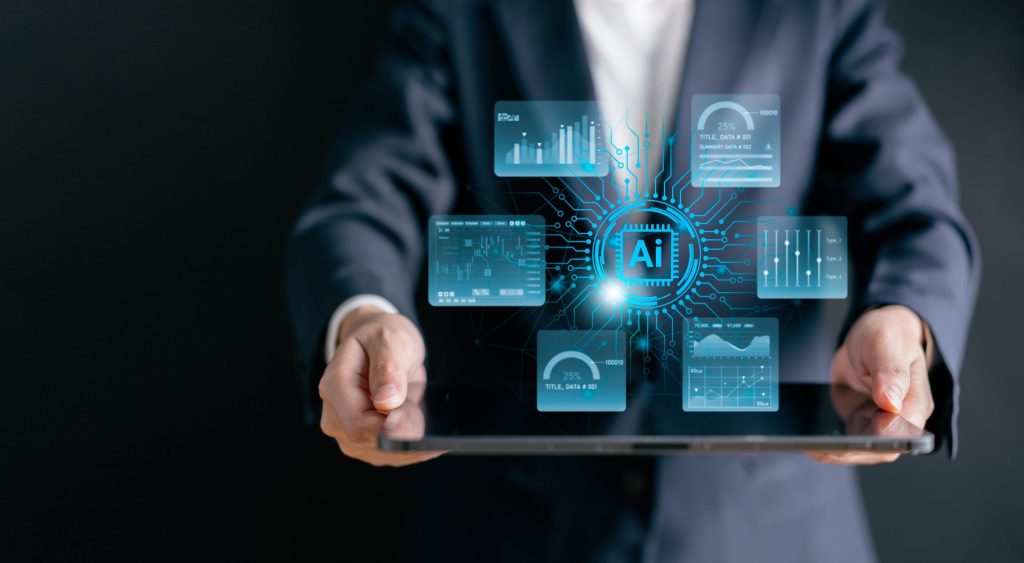Software testing, once a distinct final phase in development, has transformed into an integral part of the entire software delivery process. As technology advances at a rapid pace, the future of software testing is poised for groundbreaking changes. This blog explores the emerging trends and transformative shifts shaping the future of software testing and how organizations can prepare to embrace this evolution.
Key Transformative Shifts in Software Testing
- Artificial Intelligence (AI) and Machine Learning (ML): AI and ML are revolutionizing software testing by augmenting human capabilities and enabling intelligent automation. AI-powered testing tools can analyze vast amounts of data, identify patterns, and predict potential issues, leading to more efficient test case generation and improved test coverage. ML algorithms can optimize testing processes, prioritize test execution, and provide valuable insights for continuous improvement.
- Shift-Left and Shift-Right Testing: The widespread adoption of Agile and DevOps methodologies has accelerated the shift-left approach, emphasizing early testing and integration throughout the development lifecycle. As organizations strive for faster time-to-market and higher quality, shift-right testing is also gaining prominence. This focuses on testing in production environments to uncover real-world issues and ensure application resilience and reliability.
- Test Automation and Continuous Testing: Test automation has become a cornerstone of modern software testing, allowing teams to execute tests rapidly and repeatedly with minimal human intervention. The future of testing lies in continuous testing, where automated tests are seamlessly integrated into the CI/CD (Continuous Integration/Continuous Delivery) pipeline. This provides immediate feedback on code changes and ensures software quality at every stage of the delivery process.
- Cloud-based Testing: With the increasing complexity of software systems and the need for scalable testing environments, cloud-based testing solutions are becoming the preferred choice. Cloud platforms offer on-demand access to a wide range of testing resources, enabling teams to simulate diverse user scenarios, perform scalability and performance testing, and ensure compatibility across various devices and environments.
- IoT and Mobile Testing: The proliferation of Internet of Things (IoT) devices and mobile applications presents unique testing challenges. As connected devices grow exponentially, testing methodologies must evolve to address the complexities of IoT ecosystems, ensuring interoperability, security, and reliability. Mobile testing frameworks and tools are also advancing to support the diverse range of mobile devices, operating systems, and form factors.
- Shift towards AI-driven Test Design and Maintenance: A significant shift towards AI-driven test design and maintenance is expected. AI algorithms will be used to automatically generate test cases, select the most relevant test scenarios, and dynamically adapt test suites based on changes in the application code. This will not only improve test coverage but also drastically reduce the manual effort required for test creation and maintenance.
Conclusion
As organizations navigate the ever-changing landscape of software development, embracing the future of software testing is essential for staying competitive and delivering high-quality products to market. By leveraging emerging technologies such as AI and ML, adopting Agile and DevOps practices, embracing cloud-based testing solutions, and adapting to the challenges of IoT and mobile testing, organizations can ensure their testing strategies remain relevant and effective for years to come




